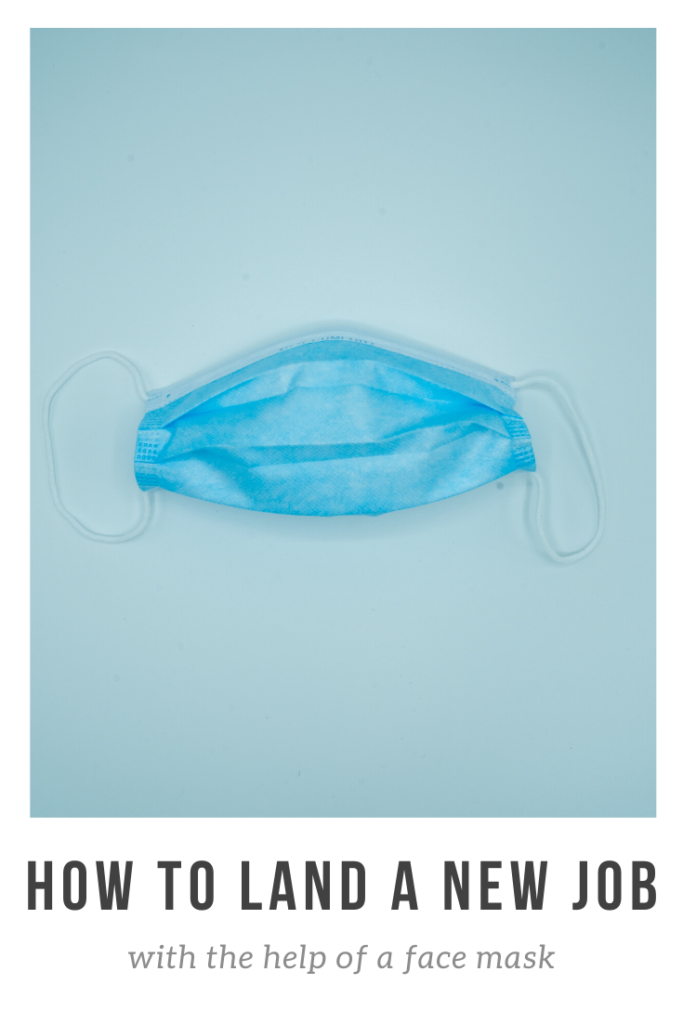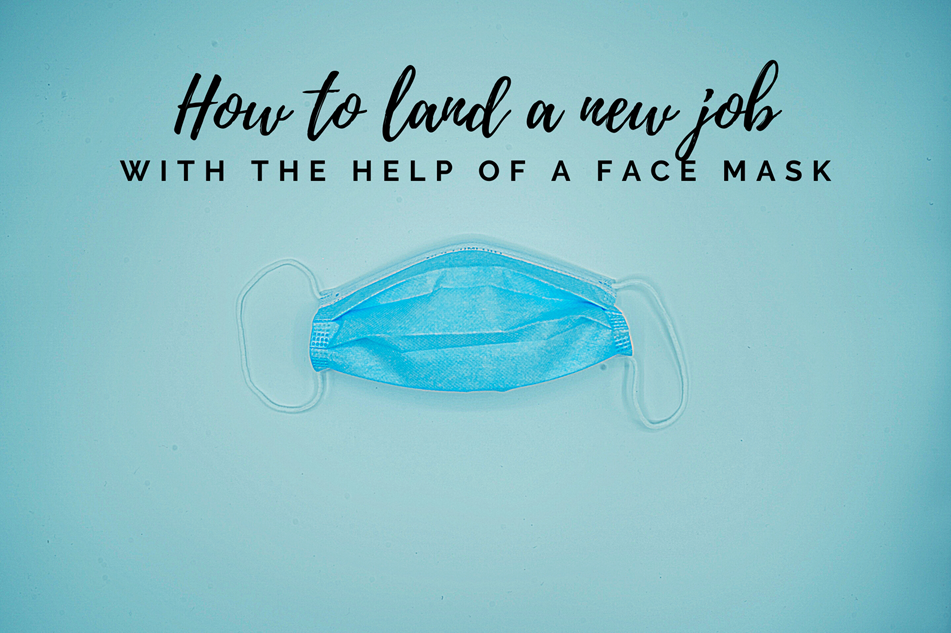|
|
Regardless of your feelings or beliefs on wearing a face mask during the pandemic, you might want to consider it as a potential networking tool during these uncertain times. Especially if you’re currently in the market for a new job.
We know networking opportunities have been limited due to months of quarantine. But as I share in my on-demand program The Secret to Successful Networking, networking can happen any time, any place. Even at the essential places like the grocery store, the drug store, or the curbside of your favorite restaurant.
You never know who will be standing in line six feet ahead of you, or six feet behind you. It could be the person who works for a company currently hiring instead of downsizing. This person may know the hiring manager where he or she works. This is the perfect person to start a conversation with to begin the path to a potential new job.
But how do you do so when wearing a face mask?
A face mask is a creative conversation starter
The idea of using a face mask as a networking tool and conversation starter first came to me as a funny thought. I didn’t really take it seriously. But then, as I started thinking more about it, I thought, why not?
Why not have a little fun with a face mask and perhaps open a door to a new contact who can lead to your next job offer? It could be something worth trying, kind of like an interesting social experiment.
So what exactly does this look like? What if you were to write your elevator speech on your mask?!
I know, this may sound strange, but hear me out on it. If you follow the rules I give on how to write a better elevator speech than the outdated recommended rules, it could actually work as a creative conversation starter.
How to write an elevator speech like none other
Keep it short and create opportunity for dialogue
Most career experts will tell you your elevator pitch should be 30-60 seconds, as if this is considered brief. If you’ve ever listened to someone go on for 30 seconds or more about their work, you know it feels very long. Especially if you don’t have a clue what the industry jargon they use means.
Other career experts will also tell you your elevator speech should be a statement about your skills. This is not the way to start a conversation or pique someone’s interest in what you do.
Instead, your elevator pitch should just be one simple question about other people’s common problem. Specifically, a common problem you have the skills to help solve.
Why a question? Because it opens the door to a dialogue, a real conversation, instead of a sales pitch monologue.
And, you should be able to ask your question in seven seconds or less! You never want it to be so long or confusing they have to ask you to repeat the question. In other words, it should be so short you have the space to write it on a face mask in letters big enough to read from six feet away.
Make it relatable and create curiosity
So how do you come up with a concise yet clear question?
When thinking about the typical problem or challenge of your market (this can include the employer or the employer’s customers), what words do they usually use to describe it?
For instance, I’m a career coach who specializes in helping people make career transitions to work they’re more passionate about and cut out for. But this is not what I use as my elevator speech.
Instead, I take into consideration the words my market uses when they first reach out to me. Typically what they say is, “I feel stuck.”
Almost everyone can relate to this feeling at one time or another in their career. Therefore my elevator pitch is,
“Have you ever felt stuck in your career?”
This question is simple enough to resonate with most people, short enough to write on a face mask, and thought-provoking enough to lead to a dialogue. And even in the rare chance the other person hasn’t felt stuck in their career, it’s likely someone close to them has.
When the person responds to my question with a “yes,” I say:
“Well, I help people get unstuck.”
That’s it. That’s my whole elevator speech. It’s at this point most people are curious enough to want to know how I do this.
So when they ask me how I help people get unstuck in their career, I now have their permission to tell them more about my skills and experience. Then, I continue to ask more questions to better understand their concerns. This keeps the conversation going.
Face mask or no face mask
Writing your elevator pitch on your face mask may or may not be the best idea. But the point is, having one that’s simple and short enough to do so, is a good strategy. It’s the first essential piece in networking your way to a new job.
And it’s a much better approach than forcing people to listen to a monologue. You’ll stand out as refreshing and interesting, compared to the job seeker who bores everyone with their cookie-cutter elevator pitch.
Related sources:
- Blog post: “The Best Way to Write a Successful Elevator Speech“
- On-demand video course: The Secret to Successful Networking: How to Do It Naturally and Effectively
- paNASH newsletter: Click here to subscribe






